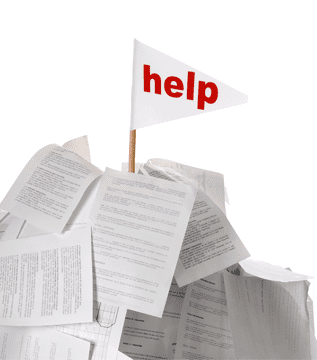
Article
Climbing the Mountain of Regulatory Documentation for SaMD
This post was previously on the Pathfinder Software site. Pathfinder Software changed its name to Orthogonal in 2016. Read more.
With increasing frequency, we hear more and more people in the health space claim that they are putting “big data” in “the cloud.”
In the past, most big data opportunities were limited; only analysts at large businesses dealt with them. However, mobile technology is expanding the reach and impact of big data sets, empowering individuals domestically and internationally. Now, health-related applications and technology are starting to saturate the market with ways to track activity, analyze data and change behaviors.
As the costs for collecting data decrease and the questions asked of the data increase, the potential for personal utilization and added value continues to grow. By evaluating patterns, habits and historical data in addition to tracking current, real-time data, predictions can also be made about future behavior.
Big data is no longer something we use only in hindsight. Additionally, in the broader health setting, big data is no longer something just for the “C suite” and leaders of a company. Instead, data can be accessed and assessed for real-time, daily insight into a company, client or individual.
Instantaneous access also means we no longer have to wait for data to process overnight, or at the end of a cycle. For example, TempoIQ, a time series data storage company in Chicago, specializes in storing and analyzing time series data. This shows that as sensors, smart meters, and various other health data collection methods grow, companies are already thinking of new ways to assess data in real time.
With the explosion of data that is now being collected via mobile and hand-held devices, a recent IDC forecast goes so far as to predict that “big data technology and services market will grow at a 27% compound annual growth rate to $32.4 billion in 2017 – or at about six times the growth rate of the overall information and communication technology market.”
The use of big data to address health care needs, from prevention to treatment, is growing by leaps and bounds around the world, and the early adopters are making significant amounts of money. And if the products consumed are marketed and utilized correctly, health outcomes can improve. This, in turn, boosts efficiency and lowers costs for entire communities and companies.
What this means for you is that, in the coming years, whether you like it or not, big data – and all its boundless uses – will be in your hands. We will all become experts at our own health and care.
Below is my recommended starter kit, a list of resource links that should help to give a clearer picture on how big data will affect your business, and how it can change people’s lives, from health to security to costs to reporting practices.
Related Posts

Article
Climbing the Mountain of Regulatory Documentation for SaMD

Article
You Had Me at Validation

Article
Building & Scaling a Successful Cybersecurity Culture

Article
Cybersecurity Best Practices to Adopt for Your Organization